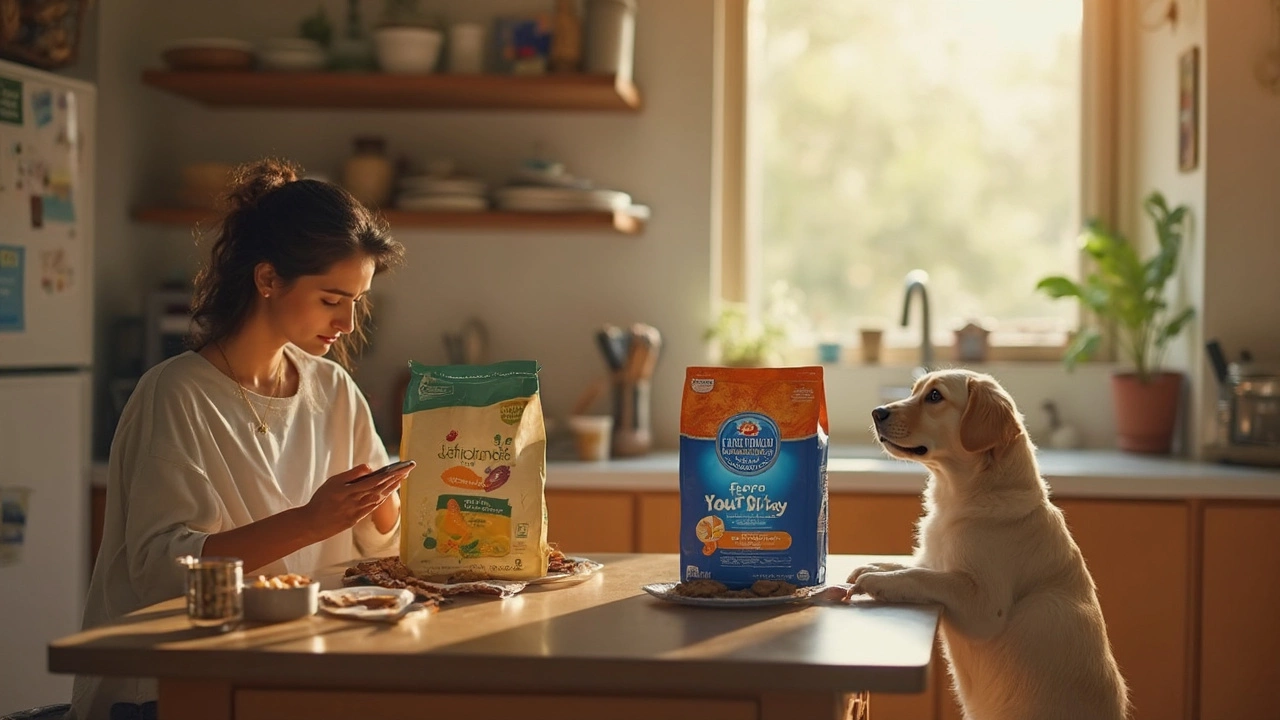Dog Food Safety: Simple Tips to Protect Your Pup
Feeding your dog might feel like a routine, but a tiny slip can turn a tasty bowl into a health risk. Knowing what’s safe, what’s not, and how to pick the right food can save you trips to the vet and keep your furry friend thriving.
Common Food Hazards to Watch Out For
First, steer clear of foods that are toxic to dogs. Chocolate, grapes, raisins, onions, and garlic are top offenders—just a few bites can cause vomiting, kidney damage, or even seizures. Also, avoid cooked bones; they splinter and can get stuck in the throat or damage the intestines. Raw dough that contains yeast is another hidden danger because it expands in a dog’s stomach and produces gas.
Seasonings matter too. Salt, pepper, and especially artificial sweeteners like xylitol can wreak havoc on a dog’s blood sugar and heart. If you’re sharing a human meal, keep sauces and gravies simple or skip them entirely. Remember, a bland, plain protein or grain is far safer than a fancy, heavily spiced plate.
How to Choose Safe, Nutritious Dog Food
When you shop for commercial dog food, check the label for a few key things: a named protein source (like chicken or salmon), a clear guarantee statement, and a list of preservatives that aren’t harmful. Avoid foods with “by-products” or “meal” as the main protein because those ingredients can vary in quality.
Look for foods that meet AAFCO (Association of American Feed Control Officials) standards. That seal means the diet provides the right balance of protein, fat, vitamins, and minerals for your dog’s life stage. If you’re considering a raw or homemade diet, talk to a vet or pet nutritionist first. They can help you avoid missing nutrients and prevent bacterial contamination.
Storing dog food properly is part of safety, too. Keep dry kibble in a sealed container away from heat and moisture to stop mold growth. Opened cans should be used within a day or two and always refrigerated. If the food smells sour or looks discolored, toss it—dogs can’t tell the difference between a spoiled meal and a fresh one.
Portion control matters for both safety and weight management. Overfeeding can lead to obesity, which breeds joint problems and heart disease. Follow the feeding guide on the package, then adjust based on your dog’s activity level, age, and breed. A quick weigh‑in every few weeks helps you spot unwanted weight changes early.
Finally, stay on top of recalls. Sign up for alerts from the FDA or your favorite brand’s newsletter. A recall notice might come after a batch is contaminated with salmonella or other pathogens. Acting fast—by discarding the product and contacting your vet if your dog shows any symptoms—keeps problems from spiraling.
By knowing the common hazards, reading labels carefully, storing food right, and staying informed about recalls, you give your dog a safe, nutritious diet every day. Your pup’s wagging tail is the best proof that you’re doing it right.

Blue Buffalo vs Purina: Which Dog Food Is Better?
Trying to decide between Blue Buffalo and Purina for your dog's meals? This guide looks at ingredients, health impacts, recall history, expert opinions, and value for money. Get real-life tips from regular dog owners. Cut through the hype and find out which brand fits your dog's needs.
read more


